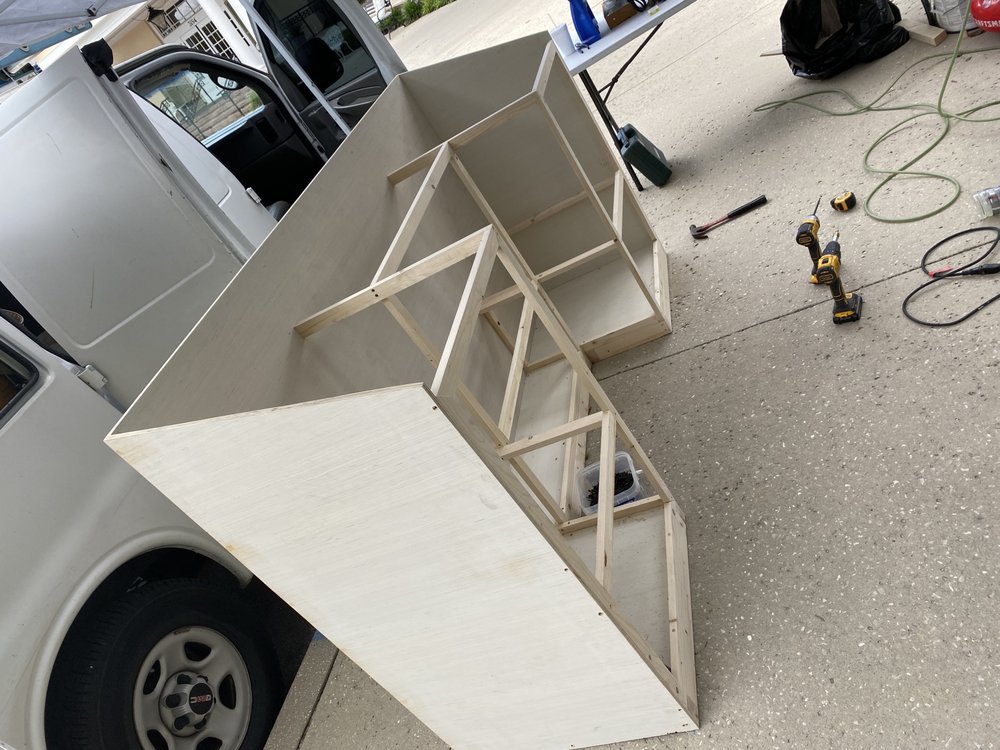Smith’s Woodworking Craftsmanship
Woodworking craftsmanship encompasses the skillful art of creating functional or decorative items from wood using a variety of tools and techniques. Here are some key aspects of Smith’s Custom Woodworking Craftsmanship:

- Materials Selection: Choosing the right type of wood is essential for any woodworking project. Different woods have distinct characteristics in terms of hardness, grain pattern, color, and workability. Common wood species used in woodworking include oak, maple, cherry, walnut, pine, and mahogany.
- Tools and Equipment: Woodworkers use a wide range of tools and equipment to shape, cut, join, and finish wood. Basic hand tools include saws, chisels, planes, rasps, files, and carving knives. Power tools such as drills, routers, sanders, and lathes are also commonly used, especially for larger or more intricate projects.
- Joinery: Joinery techniques are crucial for creating strong and durable connections between wood pieces. Common joinery methods include dovetail joints, mortise and tenon joints, tongue and groove joints, dowel joints, and finger joints. Each method has its advantages and is chosen based on the specific requirements of the project.
- Finishing Techniques: Finishing enhances the appearance and durability of wood projects while protecting them from moisture, wear, and damage. Finishing techniques include staining, painting, varnishing, lacquering, oiling, and waxing. Woodworkers must carefully prepare the surface and apply finishes evenly to achieve the desired results.
- Design and Planning: Good woodworking craftsmanship starts with thoughtful design and meticulous planning. Woodworkers must consider factors such as functionality, aesthetics, proportion, scale, and structural integrity when designing a project. Detailed plans or sketches help guide the construction process and ensure accuracy and consistency.
- Precision and Accuracy: Woodworking requires precision and attention to detail to achieve high-quality results. Accurate measurements, precise cuts, and tight joinery are essential for a well-crafted finished product. Woodworkers often use marking tools, measuring tools, and jigs to ensure accuracy throughout the construction process.
- Creativity and Innovation: While traditional woodworking techniques have been passed down through generations, there is also room for creativity and innovation in the craft. Woodworkers often experiment with new designs, materials, and techniques to push the boundaries of what is possible with wood.
- Safety: Safety is paramount in woodworking, as power tools and sharp hand tools can cause serious injuries if not used properly. Woodworkers must wear appropriate safety gear, such as safety glasses, hearing protection, and dust masks, and follow best practices to minimize the risk of accidents.
- Continuous Learning and Improvement: Woodworking is a skill that requires ongoing learning and practice to master. Experienced woodworkers often attend workshops, classes, or seminars to expand their knowledge and refine their techniques. Sharing knowledge and learning from others in the woodworking community is also an important part of the craft.
Overall, woodworking craftsmanship combines technical skill, artistic vision, and a passion for working with wood to create beautiful and functional pieces that showcase the natural beauty of this versatile material.
For more information and or a FREE Estimate give us a call at (352) 470-7270 or fill out our short form.
.
